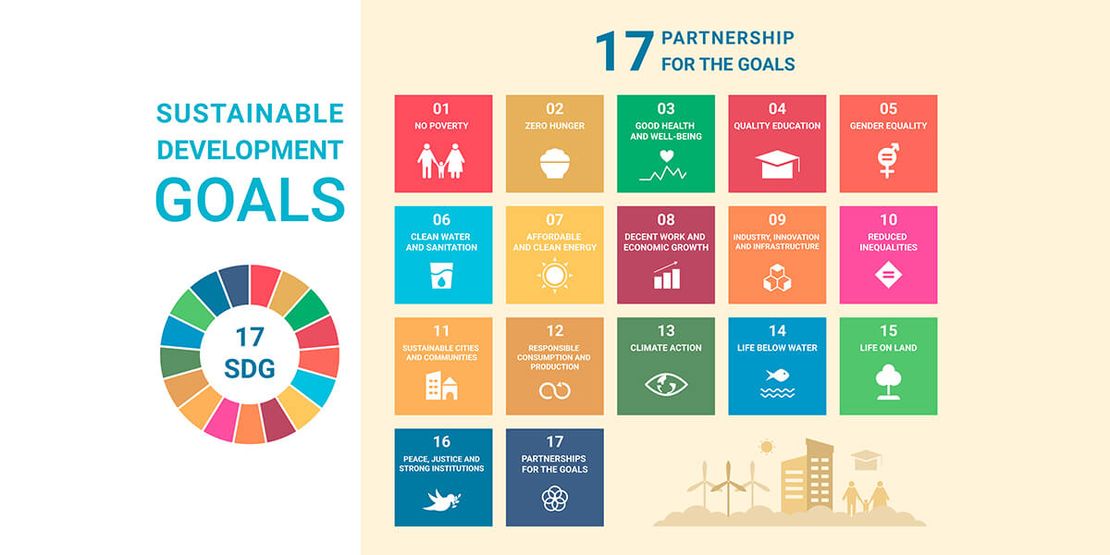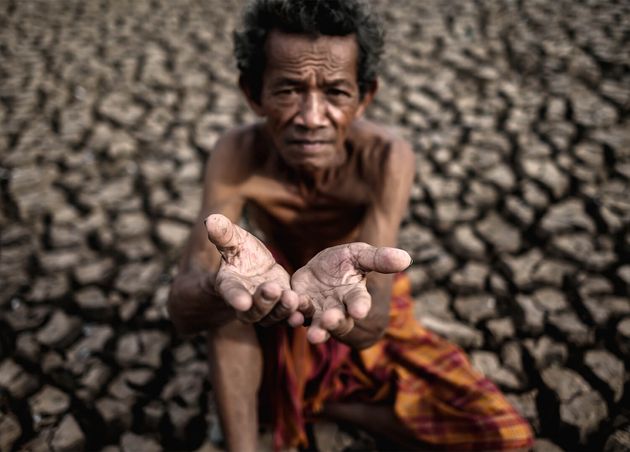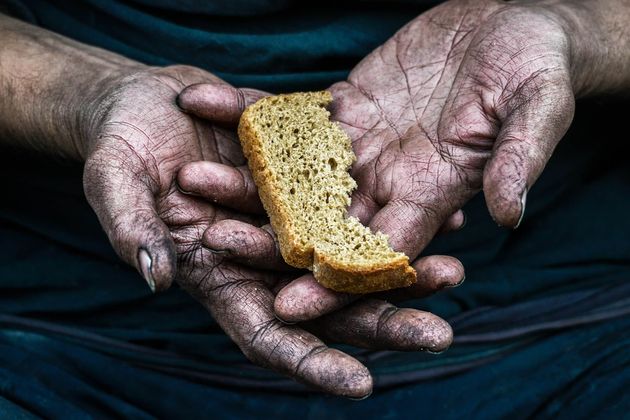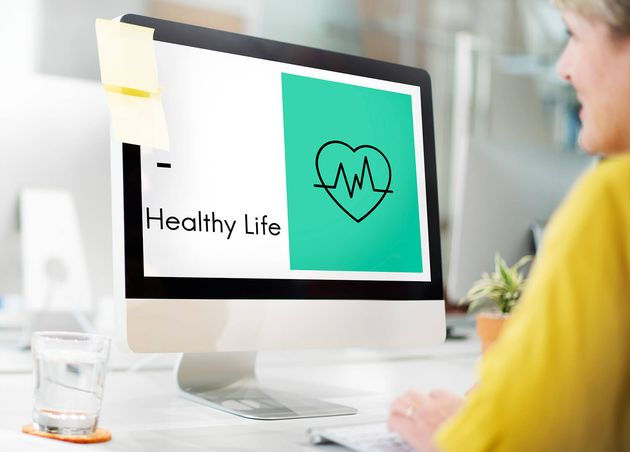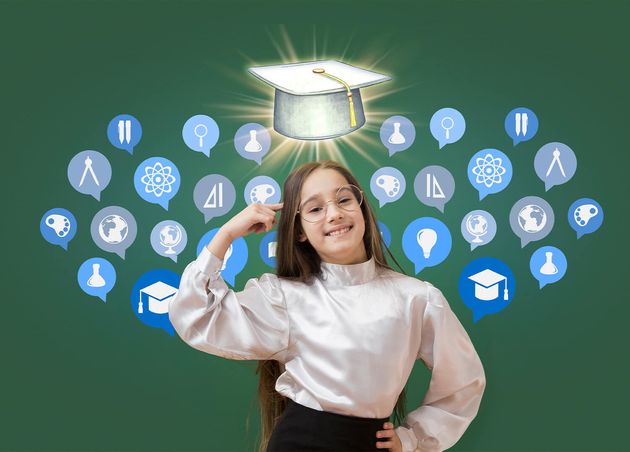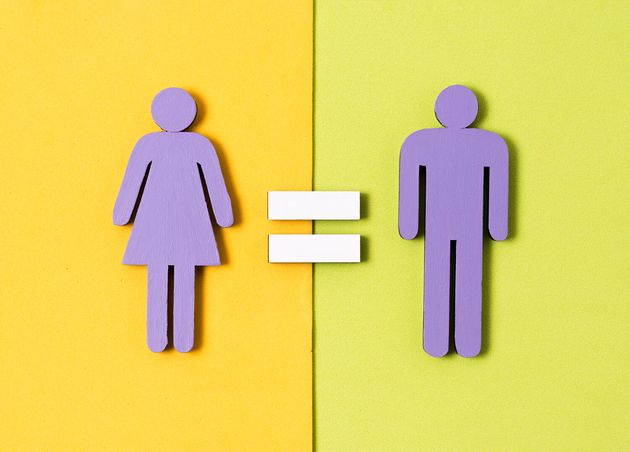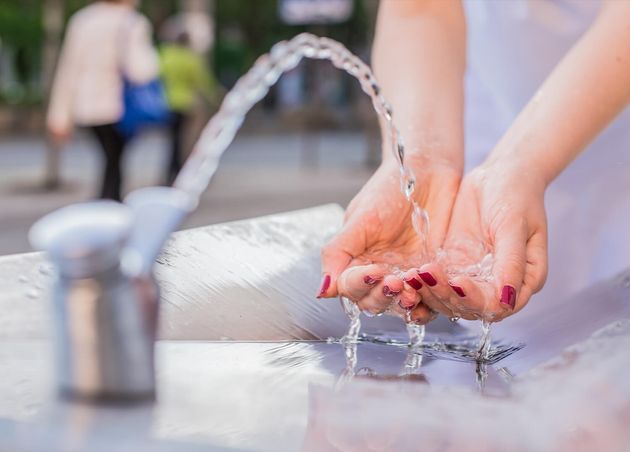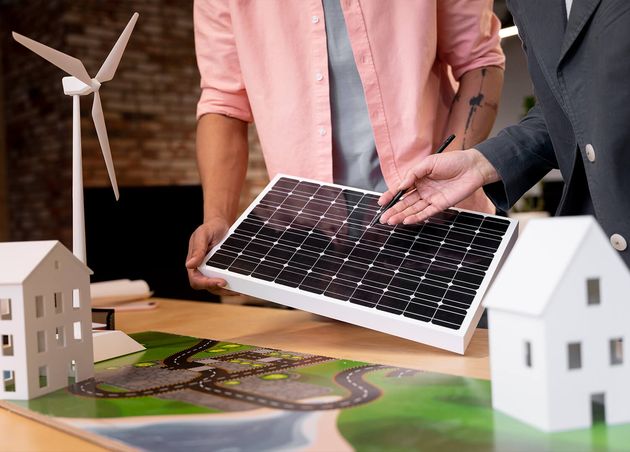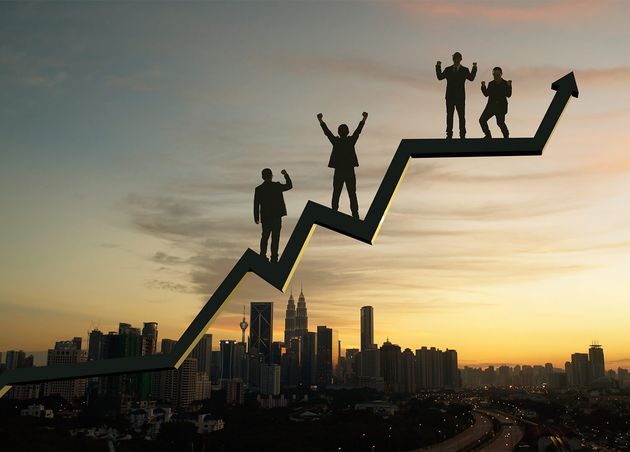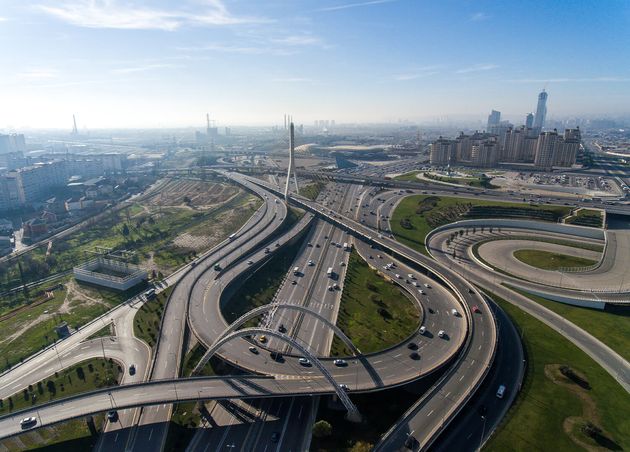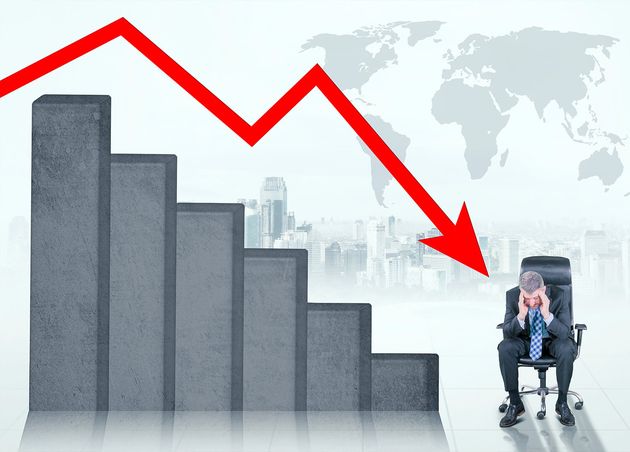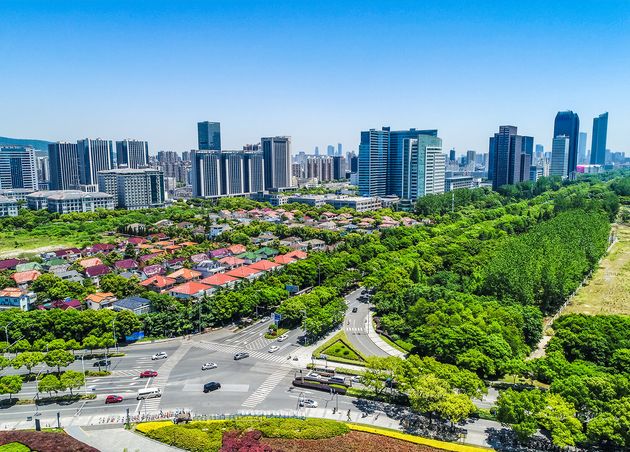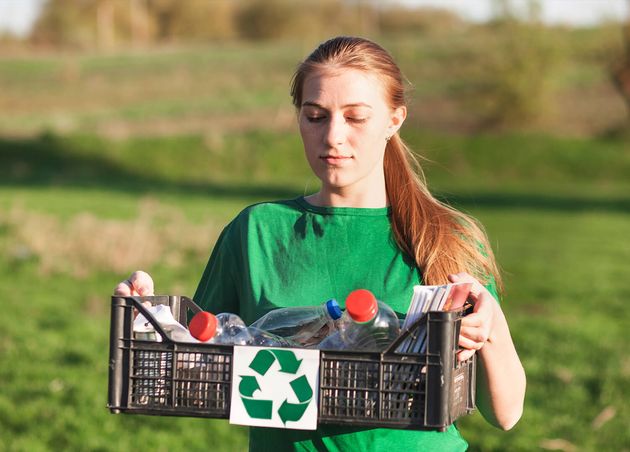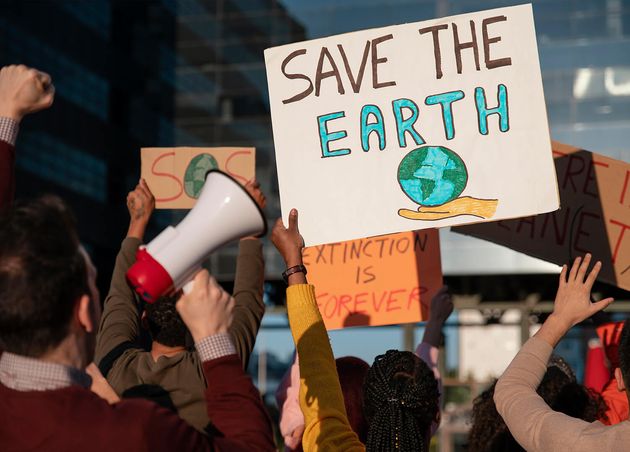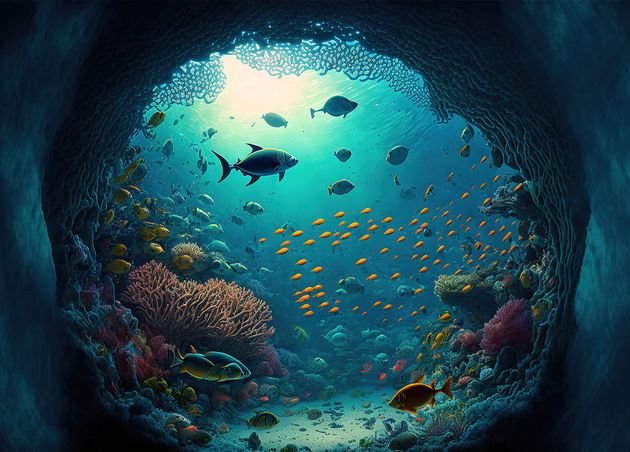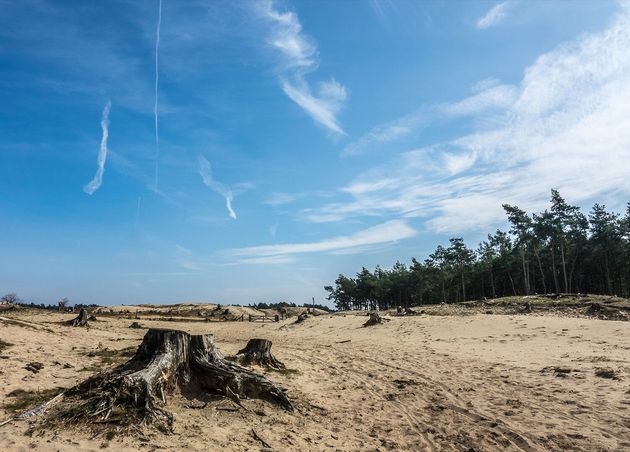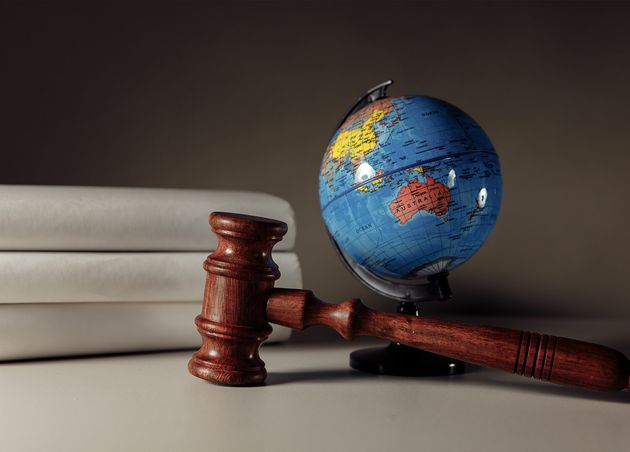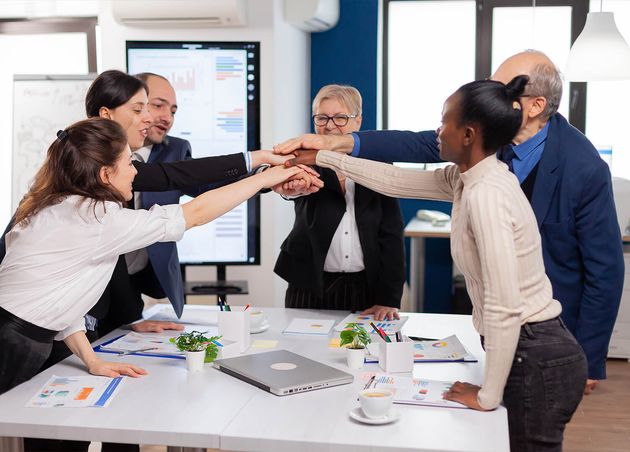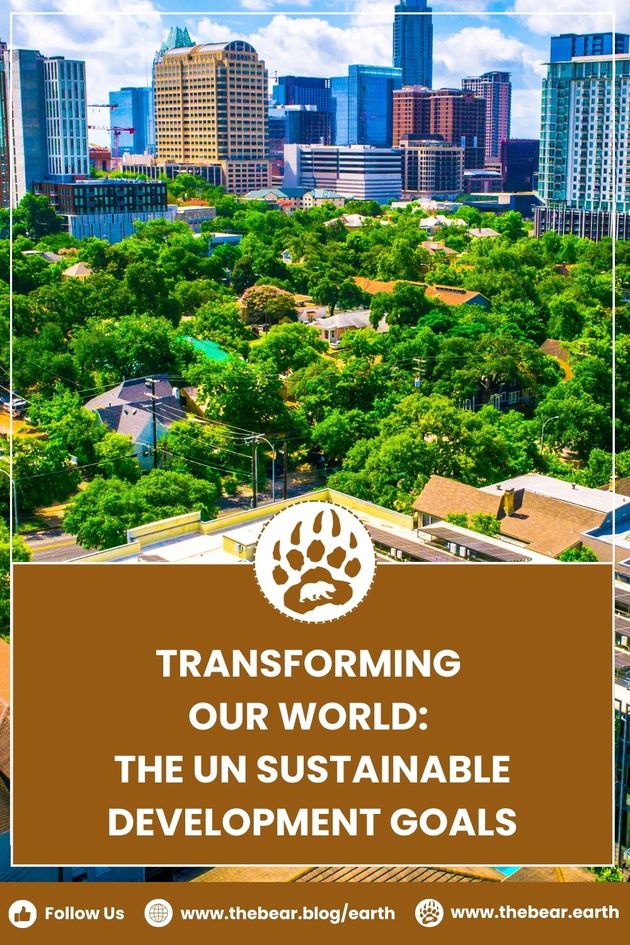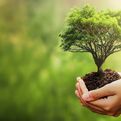Transforming Our World: The UN Sustainable Development Goals
The United Nations Sustainable Development Goals, short for UN SDGs, are a global call to action made public in 2015 to change the world and improve people's lives. With 17 goals that all work together, they show how to make the world more sustainable, fair, and welcoming by 2030. These realistic goals tackle important topics, such as social justice, education, combating climate change, hunger, poverty, and health.
The UN SDGs are intended to be all-inclusive and comprehensive; they symbolize a common human vision. They know that social, economic, and natural sustainability are connected and want to make progress that helps everyone and doesn't leave anyone behind. For these goals to be reached, everyone must work together and be committed to them, including governments, businesses, universities, and people.
The UN Sustainable Development Goals
The SDGs comprise 17 goals and around 169 targets meant to end poverty, protect the environment, and ensure everyone lives in peace and wealth by 2030. Let’s dive into the details of each goal.
Goal #1: No Poverty
The first Sustainable Development Goal is to get rid of all kinds of poverty around the world. Poverty impacts hundreds of millions worldwide. This target aims to protect the poor and vulnerable, increase access to essential services, and help victims of climate-related extreme events and other economic, social, and environmental calamities.
Fact: Nearly 736 million people lived on less than $1.90 per day in 2015, with many more going hungry and without access to safe water and sanitation.
Goal #2: No Hunger
The second SDG targets to reduce hunger, enhance nutrition, and encourage sustainable agriculture. Even though worldwide hunger has decreased in recent decades, 821 million people still suffer from ongoing malnutrition.
The goal is to provide everyone with safe, nutritious, and sufficient food. It promotes sustainable agriculture, supports small-scale farmers, and ensures equal land, technology, and market access. To achieve this goal, international cooperation, infrastructure and technology investment, and tackling environmental degradation and climate change are needed.
Goal #3: Good Health and Well-being
The third Sustainable Development Goal promotes health and well-being for all ages. Its aim is to reduce maternal and child mortality, combat infectious diseases, including HIV/AIDS and malaria, address non-communicable illnesses, and promote mental health.
Despite progress in some areas, achieving universal health and well-being remains difficult. This goal is hampered by healthcare inequalities, environmental risks, and developing issues like antimicrobial resistance.
Goal #4: Quality Education
The fourth Sustainable Development Goal is ensuring everyone gets a good education. The goal is for everyone to go to elementary and secondary school by 2030. There has been remarkable growth in educational attainment since the year 2000. By 2015, the overall enrollment rate in developing countries reached 91%, and the percentage of children not in school dropped precipitously. Literacy rates skyrocketed, and more girls were enrolled in school than ever before. Poverty, war, and emergencies continue to pose problems, especially in poor regions.
Goal #5: Gender Equality
Equal rights for men and women are a basic human right and a necessary building block for a peaceful, wealthy, and long-lasting world. Even though there has been a lot of success in promoting gender equality in areas like education and politics, women and girls still face discrimination and are left out in many areas.
This goal aims to achieve full gender equality by ending all kinds of abuse against women and girls, giving them more power, and making sure they have the same chances in every part of life.
Goal #6: Clean Water and Sanitation
Ensuring safe water and sanitation for all is the sixth Sustainable Development Goal (SDG) that needs to be achieved by 2030. Over 40% of the world's population doesn't have enough water, which is expected to rise as temperatures rise. Since 1990, there has been improvement in making water cleaner, but drinking water supplies are still worsening in every continent.
According to estimates, one in four people will face repeated water shortages by 2050, and this problem is being made worse by the rise of desertification and drought. Putting money into the right structures, building toilets, and encouraging people to be clean is very important.
Goal #7: Affordable and Clean Energy
Many SDGs can only be achieved once everyone can access modern, affordable, dependable, sustainable energy. In 2022, about 660 million people still don't have access to power, and billions more still cook and heat their homes with traditional fuels like wood and charcoal. This is bad for their health and leads to more trees being cut down and environmental damage.
Goal #8: Decent Work and Economic Growth
Goal 8 supports long-term, equal, and inclusive economic growth, full and useful employment, and good jobs for everyone. Creating and improving existing jobs is important to reduce poverty and achieve sustainable growth.
Unemployment rates have decreased worldwide, but many people still can't find good jobs. There are still a lot of problems with informal work, especially in developing countries where workers are paid little and have bad conditions. Also, unemployment and underemployment affect women and young people more than they affect men.
Goal #9: Industry, Innovation and Infrastructure
SDG 9 aims to make infrastructure more durable, encourage manufacturing that benefits everyone, and encourage new ideas. Modern and dependable infrastructure is needed for economic growth, reducing poverty, and long-term development. However, many developing countries still don't have the right facilities for water and sanitation, transportation, energy, and information and communication technologies (ICTs).
Goal #10: Reduced Inequalities
The tenth Sustainable Development Goal seeks to eliminate income disparities within and between countries. One problem that keeps coming up is inequality between countries and people, which slows down economic growth and causes social and political unrest. The richest 10% may actually earn up to 40% of the world's total income, while the poorest 10% earn only 2% to 7%.
Inequality also appears when people don't have the same opportunities in areas like education, jobs, and government representation. This is especially clear for women, racial and ethnic minorities, people with disabilities, and LGBTI people who are already at a disadvantage.
We must ensure everyone has the same chances and incomes through social, economic, and political policies to reach this goal.
Goal #11: Sustainable Cities and Communities
Sustainable Development Goal 11 aspires to make cities more sustainable, safe, resilient, and inclusive. Many problems have come up because of urbanization, such as towns that are too crowded, pollution, and housing and infrastructure that need to get better. These problems harm poor and disadvantaged communities more than others.
To reach this goal, it is important to put money into green areas, public transportation, and urban planning to make cities safer and more environmentally friendly. We also need to work to make sure that everyone has access to basic services and housing that is safe, adequate, and reasonable. It is also important to work on better the lives of people who live in slums, which are home to a lot of people in cities around the world.
Goal #12: Responsible Consumption and Production
Promoting sustainable patterns of production and consumption is the goal of SDG 12. The global demand for resources is rising at an unsustainable rate, hurting the environment, using up resources, and making more trash. The planet's health is in danger, and we may be unable to meet future generations' wants.
To reach this goal, it is very important to encourage responsible ways of consuming and producing things, like lowering trash, making better use of resources, and encouraging eco-friendly ways of living.
Goal #13: Climate Action
SDG 13 calls for fighting climate change and its effects right away. Climate change is one of the biggest problems the world has ever seen, and it's having terrible effects on both people and the earth. Greenhouse gas emissions are the leading cause.
To accomplish this goal, we need to cut down on greenhouse gas pollution and put money into renewable energy sources to slow down climate change. Because climate change is a global problem that can only be solved by working together, everyone must work together. Developing countries also need help to deal with the effects of climate change.
🌏 Eco Fact!
Climate-related calamities cost hundreds of billions annually. Geophysical disasters, which are 91% climate-related, killed 1.3 million people and wounded 4.4 billion between 1998 and 2017.
Goal #14: Life Below Water
Goal 14 is to protect the oceans, seas, and even marine resources and ensure that they are used in a way that doesn't harm them. The water bodies are vital for keeping the Earth's temperature stable and giving billions of people food, jobs, and fun things to do. But things people do, like overfishing, pollution, and making the seas more acidic, are risking their health. Marine pollution is serious, mainly from land-based sources, with 13,000 pieces of plastic waste per square kilometer of ocean.
Goal #15: Life on Land
Goal 15 stresses how important it is to protect, restore, and encourage the long-term use of our terrestrial environments. Humans depend greatly on the land; 80 percent of our food comes from plants. This goal is very important to our survival. It's scary that 13 million hectares of wood are lost yearly. Woods are important carbon sinks. The rate of deforestation is getting faster, which threatens food and water security worldwide and makes it harder to fight climate change. Our natural habitats and biodiversity should be recovered quickly, so we must take rapid and broad action to stop this.
Goal #16: Peace, Justice, and Strong Institutions
Goal 16 aims to build effective, responsible, and welcoming institutions at all levels, ensure everyone has access to justice, and support peaceful and welcoming societies for long-term growth. This goal considers sustainable growth only possible with peace, stability, and respect for human rights.
To reach this goal, it is important to cut down on all kinds of violence and make sure everyone has access to justice, which means giving people a legal identity and fair legal processes.
Goal #17: Partnerships for the Goals
Goal 17 emphasizes the necessity of strong global partnerships and cooperation in achieving the SDGs. Understanding how our world is linked and the power of working together is at the heart of this goal. This emphasizes the need for consistent Official Development Assistance, which was US$147 billion in 2017 but is below the target. To deal with humanitarian crises caused by wars or natural disasters, more money and help are needed.
Improving people's access to technology and information is important for encouraging new ideas and creativity in a world that is becoming more and more linked. For long-term growth and development, it is important to coordinate policies that help developing countries deal with their debt and encourage investment in the least developed countries.
The Sustainable Development Goals are a call to action for all countries and partners to take immediate and ambitious steps toward building a more sustainable and equitable society by 2030. These goals cover development's environmental, social, and economic sides since all these aspects are linked.
Everyone needs to collaborate their energies through partnerships and teamwork at every level to reach these goals. We can only really make a change and leave a better world for future generations if we all work together. Let's work together to reach the SDGs and make the future better and more stable for everyone.
Recommended for you
Top 10 Most Popular Koh Samui Attractions You Must Visit
Rowan (Guinness Bear)
Tips from Locals: How to Stay Safe While Traveling in Thailand
Dr. Theodore (Professor Bear)
Top 10 Best Thai Festivals You Must See in Thailand
Marc Tubelleja (Curious Bear)


